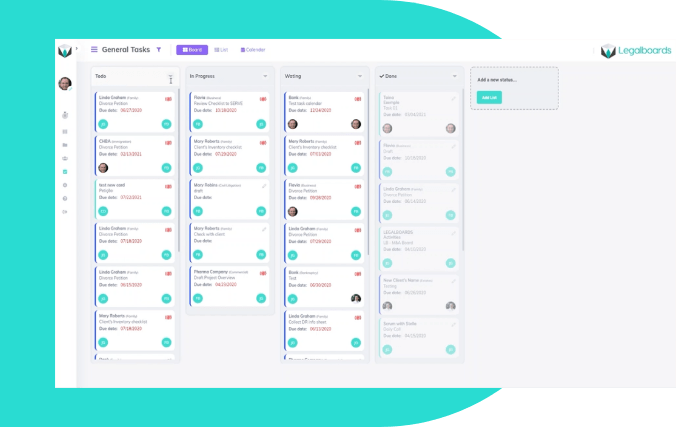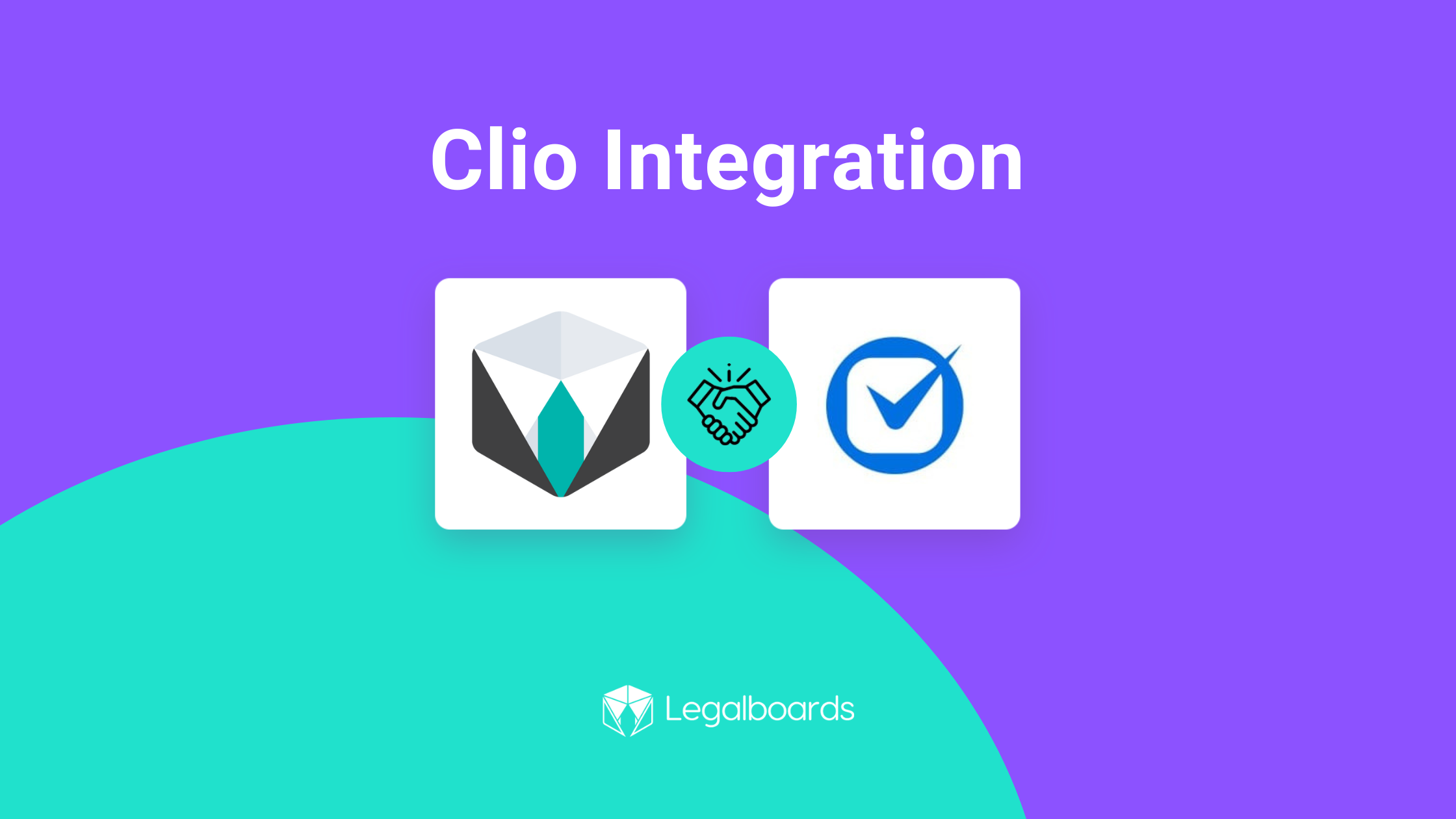Implementing agile for lawyers is easier and more efficient than it seems. As a busy lawyer or legal office manager, you’ve likely noticed how you and your team have repetitive tasks.
Not only is this way of working highly inefficient, but it also costs your clients money, reduces customer satisfaction, and wastes time. To combat the inefficiencies in traditional project management, legal practices are increasingly adopting an agile approach to delivering client work. But what is agile and what are it’s benefits? Let’s start with what it is.
What is Agile?
Agile is an approach to project management that emphasizes delivering continuous and incremental value. This is done through not waiting for a huge finished project to complete.
This works through agile methodologies, which are a set of behaviors you and your team can apply in daily work to be more productive. Agile helps your processes stay consistent and get things done faster, better, and with continuous improvement.
It focuses primarily on the fact that plans, tasks, and results can change regularly. It’s an iterative approach that allows quick response times without sacrificing the value delivered to the client.
Like other service industries, legal offices are adopting the agile approach which emphasizes team collaboration, continual planning, incremental delivery, and ongoing learning and iteration.
Defining Your Agile Process
The first step in getting started with Agile for lawyers is to define your process. In agile, a Kanban board is used to define the workflow, provide an overarching view of tasks in progress, and highlight overall headway toward the end goal.
What is a Kanban Board?
Kanban boards offer a visual overview of work and its various stages.
By creating a physical form for a “hidden” task (tasks often held in a team member’s head or on a screen), the Kanban board allows a visual representation of an invisible piece of work.
This physical form enables team members to easily see the status of tasks, collaborate with other team members, and for managers to have an overarching view of the project progress as a whole.
Traditionally, a Kanban board was a series of columns jotted on a whiteboard or piece of paper with sticky notes as the tasks. However, today’s agile lawyers rely on online tools like Legalboards (shown below). These digital tools give you quick access to your case details, due dates, tasks, invoices, and much, much more.

The Anatomy of a Legal Kanban Board
Legal Kanban boards usually have columns representing the phases your jobs pass through during the entire cycle, from client intakes to final delivery and billing. In other words, the columns represent all of the tasks you are doing, divided by status.
In its most simple form, a Kanban board has 3 columns: To Do, Doing, Done. You can easily start with 3 columns by following this process:
- List out all of your current tasks
- Move all of the current tasks to the To Do column
- Assign tasks to a team member and move them to the Doing column
- Meeting once per day to review progress with your team members, update and/or complete tasks
While some may love the simplicity of three columns, it’s highly unlikely in real life that the tasks in a legal office can be so neatly split.
Identifying Delays
Within your workflow, there will be several times when a piece of work is waiting for other people to perform an action to move it forward.
This wait could be because the work could be pending approvals or waiting for drafts, revisions, or so on. Also, you might notice tasks that need to be performed in a specific order, while others can be executed simultaneously.
These stages require a Work in Progress, a Waiting on Client column, or potentially even a Blocked column.
You’ll know where these bottlenecks are. The key is to design your Kanban board to account for the blockages, so you can easily see the status of tasks, what requires your input to speed things along, and what’s proceeding as planned.
Start defining your process by simply trying to find the most obvious roadblocks that interrupt your cases’ progress. What you find lets you know what you should focus on when completing your Kanban board columns.
Benefits of Using Agile
Flexible and Customizable
Your Kanban board can be as simple or as complicated as your services require. You can add to the board(s) as you increase your client offerings and you can update columns as you learn what works and what doesn’t.
You can also use your Kanban to define a limit of how much work can be sitting in Work in Progress at any one time. This allows you to set a work limit, keep tasks flowing smoothly, and ensure work is delivered on time.
Grows With Your Firm
Your Kanban board is designed to grow and evolve with you. Additional columns can be added to show new client work, the onboarding process, billing, and completion.
You can even add horizontal swim lanes to visually group tasks related to one client using color coding.
The structure of your board will change depending on your goals, services, clients, and more. It can easily be adapted to meet the current needs of your firm and even individual clients.
Every legal office and every client is different, so you can tailor more Advanced Kanban boards specifically to your situation.
Kanban as the Catalyst for Change
Legal offices moving to the agile methodology and Kanban boards can find the transition a challenge.
The change requires a shift in mindset from driving towards the completion of a project as a whole to small, incremental steps and continuous delivery of tasks. The method requires collaboration, communication, and constant learning from retrospection.
Kanban can enable this change by providing a visual reminder of the status of individual tasks and a view of the overall project.
What’s more, the public nature of the workflow can motivate team members to be responsible for their own output, increase communication within the team, reduce the amount of downtime between tasks, and foster a culture of accountability.
Ready to Learn More About Agile for Lawyers?
Today’s legal world is fast-paced and competitive. Everything must be done faster and better and clients expect tangible results. Kanban boards and the agile methodology can help your firm meet those client needs.
Want to read more about Agile in law and for lawyers? Read our introductory article to Legalboards.




